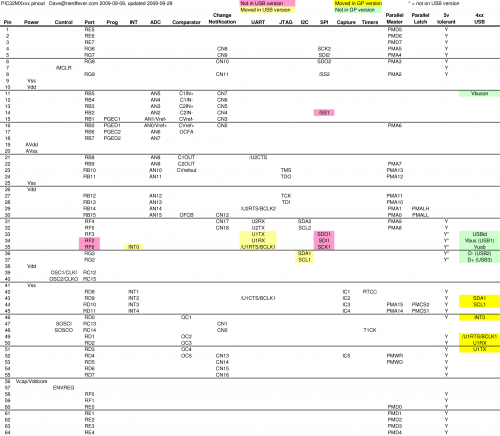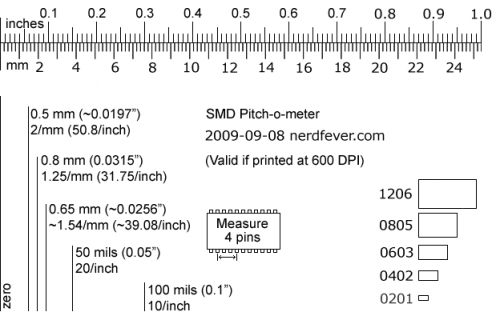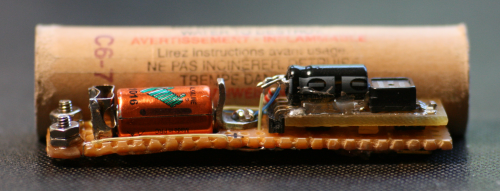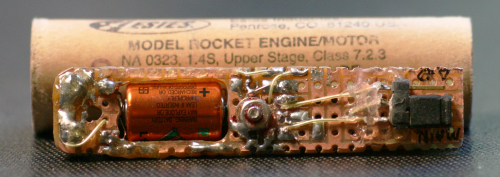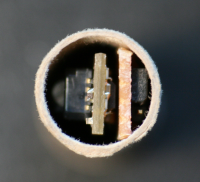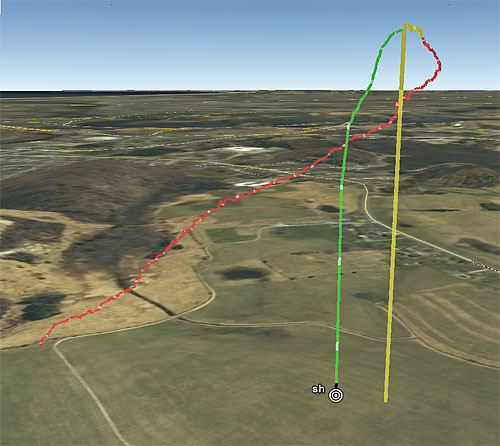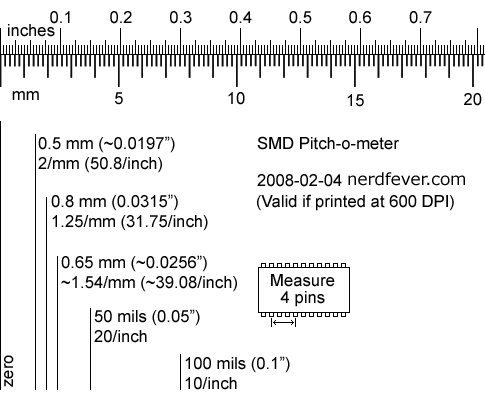The 2009 rocket flying season is nearly over, and I haven’t had a single flight all year toward my GPS-guided rocket recovery project. I’ve been too busy with business stuff to work on it, but my goal for this winter is to get the new “Rev4” PCB up and running, ready for flight in the spring.
For that, I’ve decided to shift from the PIC18 to the MIPS-based PIC32 parts.
Which means I’ll be porting over a lot of code from the PIC18, so now seems a good time to post my long-promised source code and schematics for what I’ve done so far, which I plan to do in the coming days.
For now, here is a Excel spreadsheet with the PIC32 pinout for the 64 pin TQFP parts. Each time I do a MCU-based design, I make a table like this for allocating MCU pins by function. If you’re working with the PIC32, you may find it useful for the same purpose.
Click the image to download the .XLS file.
